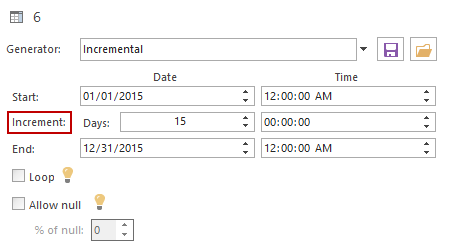

This type of sequential testing performs at a 88% detection rate and is inferior to FTS (NT, nasal bone, ductus venosus Doppler, and FTS blood work). In BC, IPS is performed as a sequential test: this means that the NT is performed at 12 weeks, and if the NT is large, the patient is offered amniocentesis or CVS, or they can wait for the rest of the blood work later in the pregnancy. IPS involves adding a Nuchal Translucency (the 12 week ultrasound test to measure the pocket of fluid at the back of the fetal neck) in addition to SIPS blood work. Note that the PAPP-A measurement is not disclosed to the patient or the doctor, until the quadruple screen is completed. This means that 16-18% of affected pregnancies are missed by this test. It performs at a 82-84% detection rate for 5% false positives, and is an improvement on the quadruple screen. SIPS involves taking blood in the first trimester (12 weeks) for PAPP-A analysis, and then adding in a quadruple screen in the second trimester (16-20 weeks) giving a final result after the quadruple screen. Serum Integrated Prenatal Screening (SIPS) It gives a detection rate of 72-75%, with 5% false positives, and this means that 25-28% of affected pregnancies are missed by this test.

Is a blood test at 16-20 weeks which looks for four different proteins.


 0 kommentar(er)
0 kommentar(er)
